Cleveland Clinic cardiologist outlines her research progress and vision
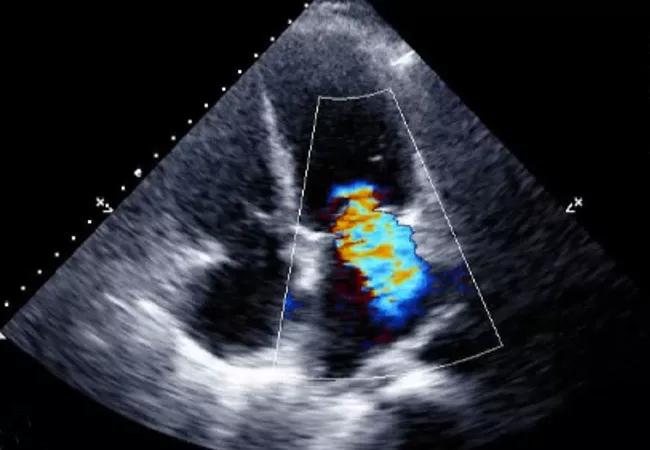
As one of the few cardiac diseases that bucks the general trend of steady treatment progress over recent decades, ischemic cardiomyopathy (ICM) is a bit of an outlier.
Cleveland Clinic is a non-profit academic medical center. Advertising on our site helps support our mission. We do not endorse non-Cleveland Clinic products or services. Policy
“There is no good treatment for ICM,” says Cleveland Clinic cardiologist Deborah Kwon, MD. “Patients who develop adverse left ventricular remodeling from prior myocardial infarction are at risk for developing mitral regurgitation (MR). And the presence of ischemic MR portends a poor prognosis.”
But the mystery behind these circumstances is gradually yielding to research efforts, including several recent large analyses of Cleveland Clinic patients led by Dr. Kwon, who holds appointments in the Departments of Cardiovascular Medicine and Diagnostic Radiology. By using cardiac MRI to examine patients with ICM, she and colleagues have begun to identify the processes leading to MR in the setting of ischemic disease (ischemic MR) — and thereby pinpoint predictors of poor outcomes.
Ischemic MR has been described as “a progressive lesion contributing to a downhill spiral in which MR begets MR” by editorialists commenting on one of Dr. Kwon’s recent studies. In that study, published last year in Circulation: Cardiovascular Imaging, Dr. Kwon and colleagues sought to identify the imaging predictors of ischemic MR progression and determine whether progressive disease is an independent predictor of survival in patients with advanced ICM.
“We were interested to see if ischemic MR continues to progress over time, and if identifying patients earlier could lead to improved outcomes and response to mitral valve intervention,” she explains. “We found that progressive ischemic MR is quite common. We felt that if we could further understand why ischemic MR continues to progress in certain patients, we could better select which patients could respond favorably to treatment.”
Her team undertook a retrospective observational study of 336 consecutive Cleveland Clinic patients with ICM in whom cardiac MRI was used to visualize the myocardial scar burden. They found that ventricle size, scar burden and baseline degree of MR were all highly predictive of worsening MR over time.
“This article increases awareness that ischemic MR is a progressive lesion with poor outcome,” noted the above-mentioned editorial accompanying the study. “The ability to identify risk based on cardiac imaging suggests opportunities to improve the selection of patients for early, preventive therapy and then test for improved prognosis.”
MRI assessments of myocardial scarring (top), mitral valve geometry (middle) and mitral regurgitation (bottom).
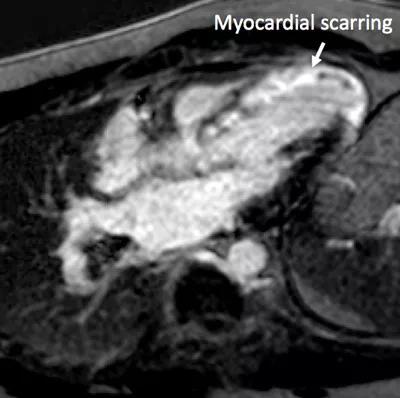
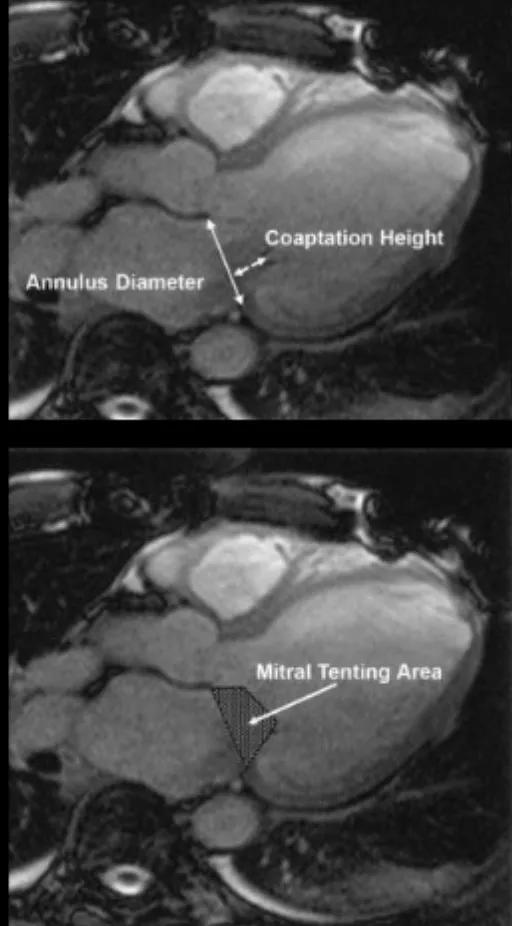

Recognizing that an enlarging right ventricle increases the risk for MR, Dr. Kwon and colleagues set out to evaluate this association to determine the impact of mitral valve repair or replacement on right ventricular function and mortality.
“Right ventricular ejection fraction (RVEF) is a known predictor of mortality in patients with ICM,” she observes, “but predictors of RVEF in these patients and mediators of this relationship have not been well established.”
Her Cleveland Clinic team’s resulting 588-patient study, published last year in Circulation, is the largest cardiac MRI outcomes study ever conducted in patients with ICM. It found that MR, as measured by effective orifice area, is a significant independent predictor of RVEF in patients with ICM.
“MR impacts the right ventricle because the increased volume results in increased pulmonary venous pressure, and the right ventricle starts to fail,” Dr. Kwon explains. “In patients with ICM, right ventricular dysfunction is known to be a predictor of adverse outcomes. However, this risk appears to be mitigated when the MR is fixed. This indicates that right ventricular function should be carefully assessed in patients with ICM. The presence of significant MR, right bundle branch block, right ventricular scarring or decreased LVEF should suggest that right ventricular function may be significantly reduced.”
Building on the above findings, Dr. Kwon and her Cleveland Clinic colleagues have submitted a paper on the predictors of adverse outcomes with mitral valve repair or replacement according to myocardial scar burden as assessed by MRI. But there’s more work yet to be done.
“I believe that future randomized controlled studies, stratifying patients with MRI based on scarring and ventricular remodeling, need to be done to determine if different procedures yield different outcomes based on the extent of myocardial scarring and ventricular remodeling and function,” she says. “Prior randomized trials have shown no clear survival benefit with mitral valve surgery, but none used MRI to assess scarring or right ventricular function. These entities are important when evaluating patients with ICM.”
Dr. Kwon is also interested in how outcomes are impacted by incomplete revascularization, as identified by MRI. “The STICH trial concluded that myocardial viability assessment doesn’t predict differential outcomes, but MRI has much higher spatial resolution and is more accurate than the modalities used in STICH [dobutamine echocardiography and SPECT imaging],” she notes.
While her team looked at mitral valve tethering and did not find it to be predictive of worsening MR over time, they have not looked at whether exercise-induced MR augmentation can be used to predict MR progression — and thereby identify patients most likely to benefit from intervention.
“Most of the patients in our retrospective study were too symptomatic for stress echocardiography,” she says. “But it would be interesting to see how often exercise-induced MR occurs in this patient population and whether this a predictor of worsening valve function over time.”
What’s clear is that more work remains in order to understand these patients and how best to treat them. “Ischemic MR is extremely complex and difficult to manage,” Dr. Kwon concludes. “Recognizing predictors of progression is important to enabling us to identify it and intervene before the end stage is reached.”
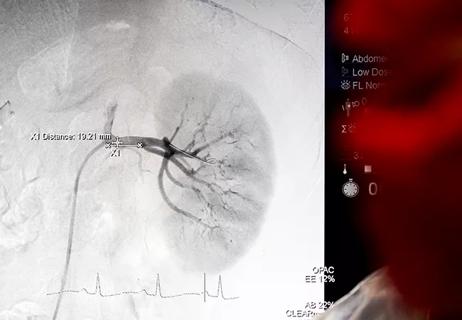
General principles for use of the long-awaited new therapy approach

ACC panel issues call to action to achieve CV health equity in an underserved population

Get a glimpse of the facilities and technologies used by the nation’s top-ranked heart program
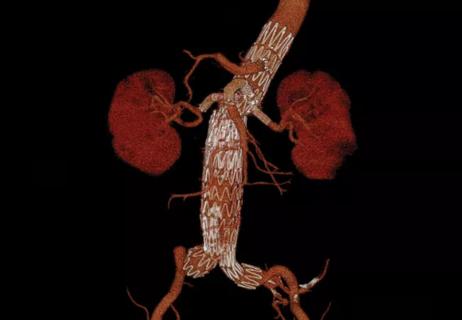
EVAR pioneer Dr. Juan Parodi surveys the past and future of a revolutionary procedure

Latest systems combine continuous glucose monitoring with automatic basal insulin delivery

Common congenital lesion is not always benign

New study yields pre-pandemic insights for the post-pandemic landscape
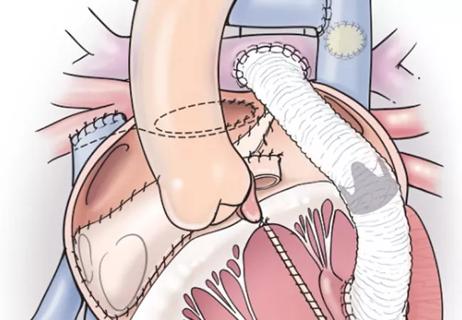
Series of five patients successfully treated with ‘ventricular switch’